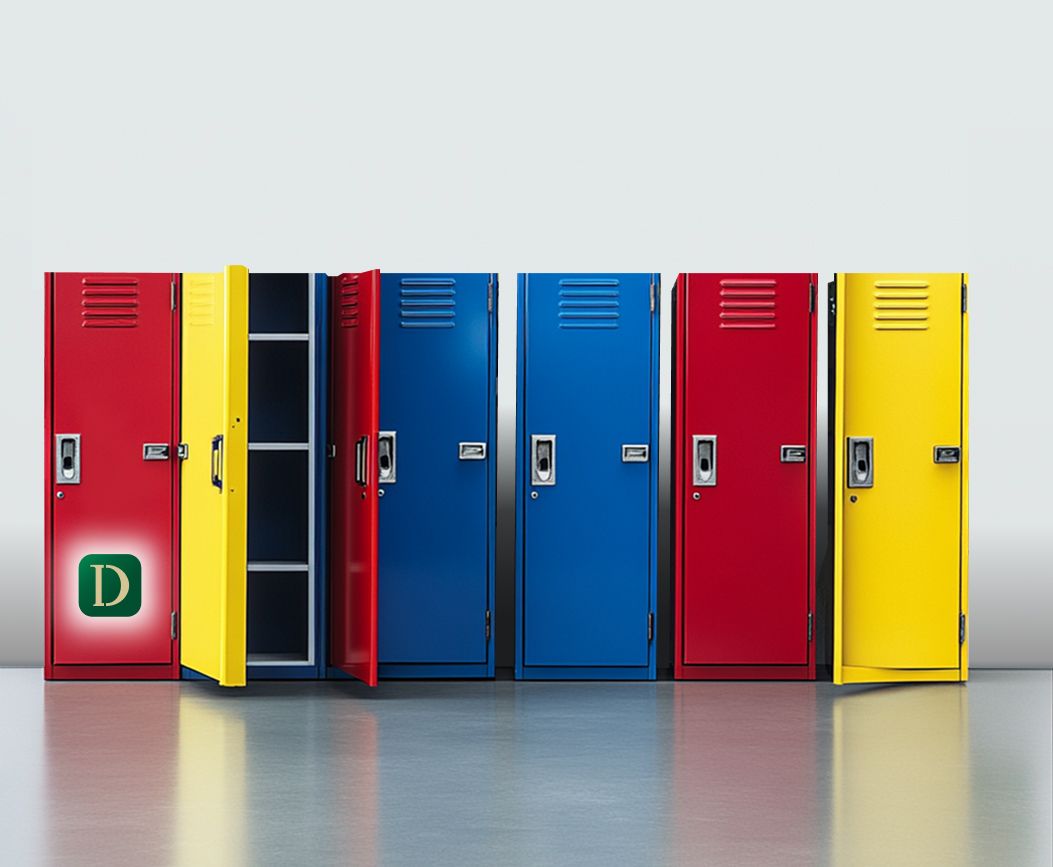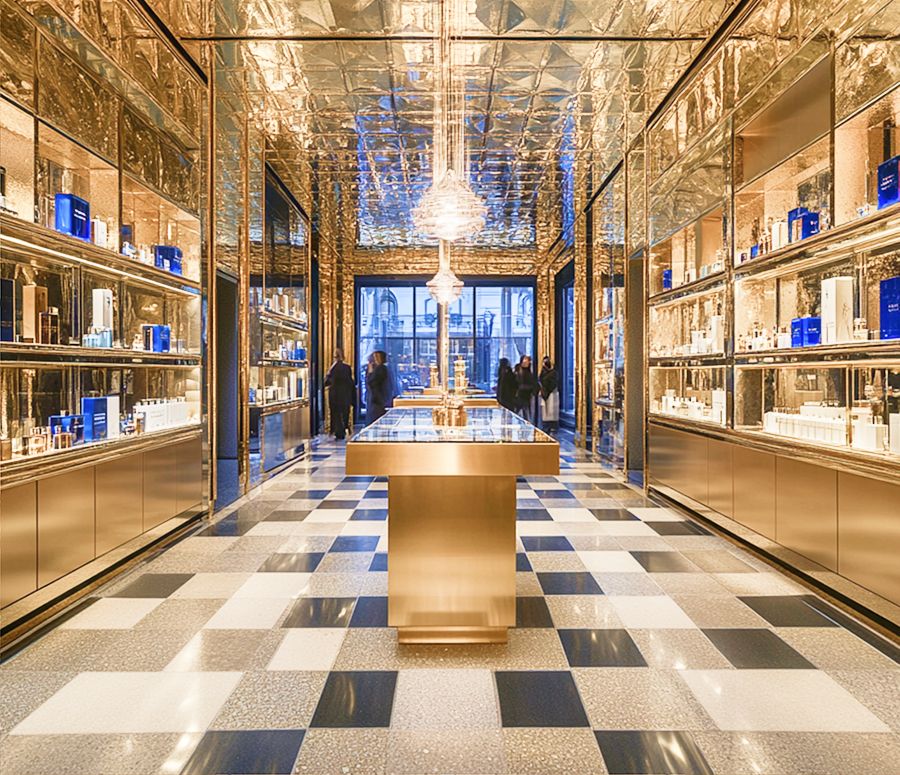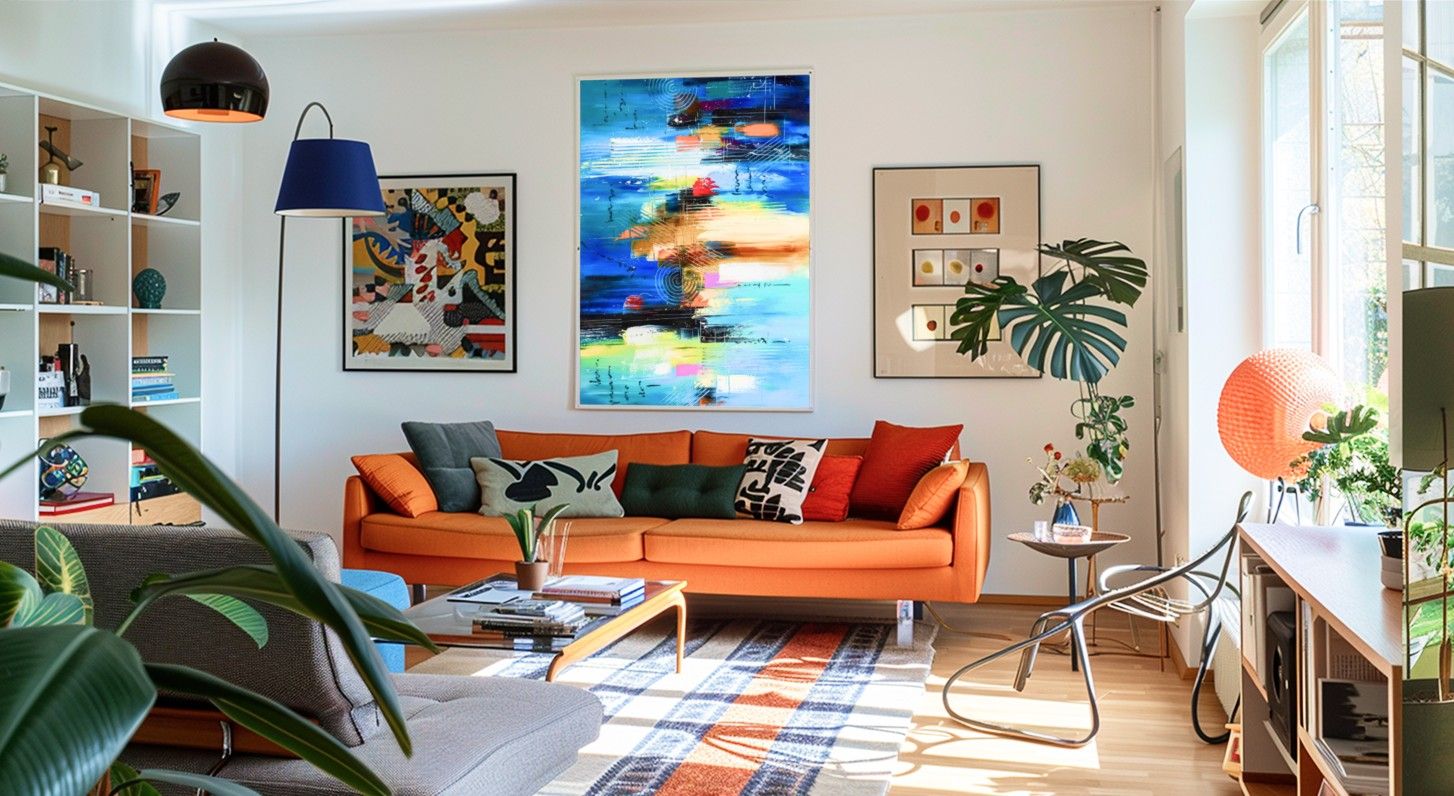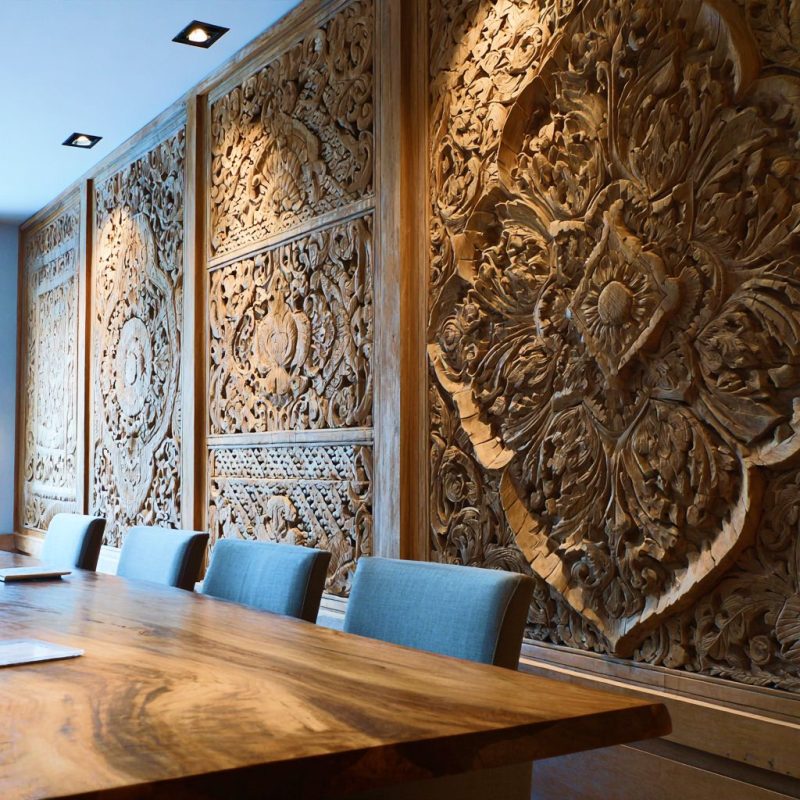When creating patterns in interior design, we take advantage of the beauty produced from combining various geometric shapes. We stick to a single shape to become a pattern once its repetition achieves a unique touch of aesthetics. Primarily, we always rely on the basic shapes. In this case, you will notice forms like circles, triangles, hexagons, and lines across walls, ceilings, floors, and furnishings. However, If none of them give off the expected results, then we can think of more than one combinations for secondary results. All this mix and match boils down to adding structure, rhythm and visual interest to our beloved spaces. Join DesignMaster professional interior designers, to help you simply understand the best approach to integrate shapes and geometric patterns. We even dive deep to setting direction for the occupants using bold and dramatic premium finishes as well as smart lighting for sophisticated, high-end atmospheres.
Take a while and look at this residential interior space, it almost features 95% of the shapes and geometric patterns we’re going to discuss.
The Powerful Shapes Enhancing Interior Design Patterns
-
Geometric Shapes
- Squares and Rectangles
Since everyone’s childhood, these have always been fundamental in design as they offer a sense of order and stability. Patterns featuring squares or rectangles effortlessly create a modern and minimalist aesthetic. In fact, this makes them ideal for contemporary and luxury interior spaces. Squares and rectangles highly dominate in tiles works, decorative wallpaper designs as well as textiles. - Triangles
Triangles introduce dynamism and energy to a pattern. While triangles feature an angular nature, they create a sense of movement and direction. You’ll always notice triangular patterns in textiles and wall art. This means they work well for spaces aiming for a both bold and contemporary look. - Circles and Ovals
Actually, circles are associated with 3 aspects, that is harmony, unity and softness. Therefore, patterns incorporating circular shapes create a sense of flow and comfort in a space. Consider them when layering textures most especially in textiles, decorative accessories and even light fixtures. Later we shall see how to use them contribute to a more inviting atmosphere.
- Squares and Rectangles
-
Organic Shapes
- Curvilinear Forms
Organic shapes are simply characterized by flowing curves and irregular lines which soften a space and evoke a natural feel. We use such shapes in furniture designs, textiles, and wall patterns. When crafting for more relaxed and inviting ambiance in living rooms and bedrooms, consider incorporate curvilinear forms.

- Floral Patterns
Floral shapes bring a touch of nature indoors by adding beauty and vibrancy while using biophilic shapes to a space. Floral patterns can range from small, delicate designs to large, bold motifs. They are versatile to an extent of being used in wallpapers, upholstery as well as kitchen decorative accents. Always priorities them when designing both traditional and modern home interiors.

- Curvilinear Forms
-
Abstract Shapes
- Freeform Shapes
Abstract shapes are actually unconventional and creative, exceptionally allowing interior designer companies to express individuality and artistic flair. Such shapes blend multiple forms like the zig-zag, incomplete circles, triangles transforming to rectangles but in all ways connected. You’ll notice these in wall art, textiles and mostly decorative objects for grabbing attention. They are ideal for eclectic and artistic interiors, where the aim is to make a statement like feature and accent wall designs. - Asymmetrical Patterns
Asymmetrical designs break away from traditional balance, thus creating a sense of spontaneity and movement. You remember how to create interior focal points, then incorporating asymmetry makes them visually engaging. Leverage them to draw attention to specific areas of a room most especially in accent pieces and artwork.
- Freeform Shapes
-
Grid Patterns
Grid patterns consist of a series of intersecting lines forming squares or rectangles we began with in this list. We use them when providing a sense of order and structure which makes them ideal for minimalist and industrial designs. Grid patterns are always found in various applications, including feature wall tiling, wardrobe arrangements and budgeted bathrooms contributing to a clean and organized aesthetic.
-
Stripes
Stripes always vary in width, color and orientation, that is horizontal, vertical or diagonal. They are versatile and create different effects depending on their arrangement. Horizontal stripes mostly made with wall panels, make a room appear wider. Meanwhile vertical stripes create an illusion of height. On the other hand, diagonal stripes add a dynamic touch once used with in flooring carpets, wallpapers and furnishings.

Where and How to Integrate Geometric Elements in Interiors
1. Walls: Statement Backdrops and Layers
- Wallpaper or Panels: Use large-scale geometric wallpaper (think diamond, trellis, chevron) in matte gold or velvet textures to introduce tactility and drama.
- 3D Wall Sculptures: Parametric panels from professional wood works or backlit laser-cut MDF with interlacing patterns serve as both art and architecture, try them and thank DesignMaster later.
- Tiles as Wall Art: Especially in bathrooms and modern kitchens, hexagonal or triangular ceramic tiles become visual focal points. In living room design, try out a monochrome wall of 3D polygonal gypsum panels to exude a luxuriousness without needing extra ornamentation.
2. Ceilings: The Underestimated Canvas
- Coffered Geometries: Squares or octagons form recesses in ceiling designs and layouts which can also be backlit for a subtle glow.
- Circular Central Features: Perfect for boardrooms and luxury bedrooms. In fact, this directs visual energy to the center and that’s why most upscale office fit outs in Dubai use radial ceiling designs to denote power and centrality.
- Linear Beams or Light Paths: While using light strips, place them in triangular or lattice arrangements as commonly desired in top class commercial fit out.
3. Flooring: Direction, Scale, and Grounded Design
- Chevron and Herringbone wood project movement and elegance most especially when designed using wide-plank oak or walnut finishes.
- Hexagonal or Arabesque Tiles which have also become popular in transitional spaces like entryways or bathrooms. Install them as a way of blending function with a visual punch.
- Inlay Borders are the best when adding handcrafted and intense bespoke detail. Use natural stone or contrasting wood for subtle floor patterning.
- Checkerboards created as a combination of alternating black and white tiles, or other contrasting colors standout as classic geometric pattern. They exude a timeless style and visual contrast as they add a bold, structured look. They exhibit the capability of drawing eye and define the floor plane which transitions them in both tradition and modern interior designs. Apply such interior geometric patterns in kitchens, bathrooms and entry ways with marble or polished flooring to elevate them with refined shapes and upscale feel.

4. Partitions and Dividers: Space and Structure
Use geometric patterns within dividers to serve both aesthetic and spatial functions such as;
- Mashrabiya Screens: The well known traditional Islamic latticework currently updated with modern interior metallics like aluminum, brass, or even laser-cut wood.
- Hexagon Glass Panels: Just like how interior glass wall partitions standout, use them in corporate office fit out for a semi-transparent luxurious partitioning effect.
- Curved Metal Grids: Install them to add rhythm while subtly guiding movement within open-plan layouts. For instance; on hand rails leading to other floors like with luxury villa designs.

5. Furniture: Sculptural Geometry
Luxury interiors today blur the line between furniture and art. It makes more sense when you embed geometry into:
- Angular Coffee Tables: Just like the PLECTRA Triangular Coffee Table with its triangulated steel base. Look at the TUMBLE Square Coffee Table with interlocking wooden frame in differing materials for avant-garde lounges.
- Curvilinear Sofas: Arched, circular, or semi-oval seating for hospitality-inspired residential layouts. For instance; the CURL Modular Lounge Sofa suites most of the cases with its disintegrable modular pieces from circular to arched.
- Office Desks and Tables: Consider front facades engraved with tessellations or abstract polygonal insets. For instance; the schon series featuring a front CNC designs in its reception desk and meeting tables. This actually mimics Dubai traditional Mashrabiya designs
6. Lighting Fixtures: Geometry in Motion

Ceiling hanging chandeliers and pendant lights perfectly use geometry to anchor the entire room from above. So, take advantage of design elements such as;
- Starburst Designs: Consider radiating rods or elements which extend outward from a central point to exude a dramatic visual energy. You’ll surely make a resemblance of an exploding star. It also creates a bold as well as a mid-century-inspired focal point that adds drama and elegance to luxury spaces.
- Clustered Spheres or Cones: Here we bring together multiple rounded or conical light fixtures by grouping them together in a sculptural arrangement. The result creates a sense of volume, rhythm as well as contemporary sophistication.
- Geodesic and Tetrahedron Frames simplify crafting a futuristic appeal most especially in double-height foyers or stairwells in modern villas. In an angular geometric structure made of interconnected lines or facets, form visually striking shapes. You bring a sense of architectural depth, futuristic elegance as well as artistic edge to modern luxury interior design.
Wrap Up – Interior Geometric Patterns
When selecting shapes for geometric patterns in interior design, generally consider the essence of the overall theme, purpose, and ambiance of the space. You need to understand how all these different shapes we’ve discussed evoke different emotions and perceptions. This means their combination hold a high magnitude of power to create unique visual narratives. A little bit confused? DesignMaster is a registered interior design and fit out company based in Dubai, always ready here to guide you on every aspect of your living spaces. Just as you’ve seen how to thoughtfully incorporate the various shapes, you can craft a harmonious, engaging, and functional interior with exceptional geometric patterns.









